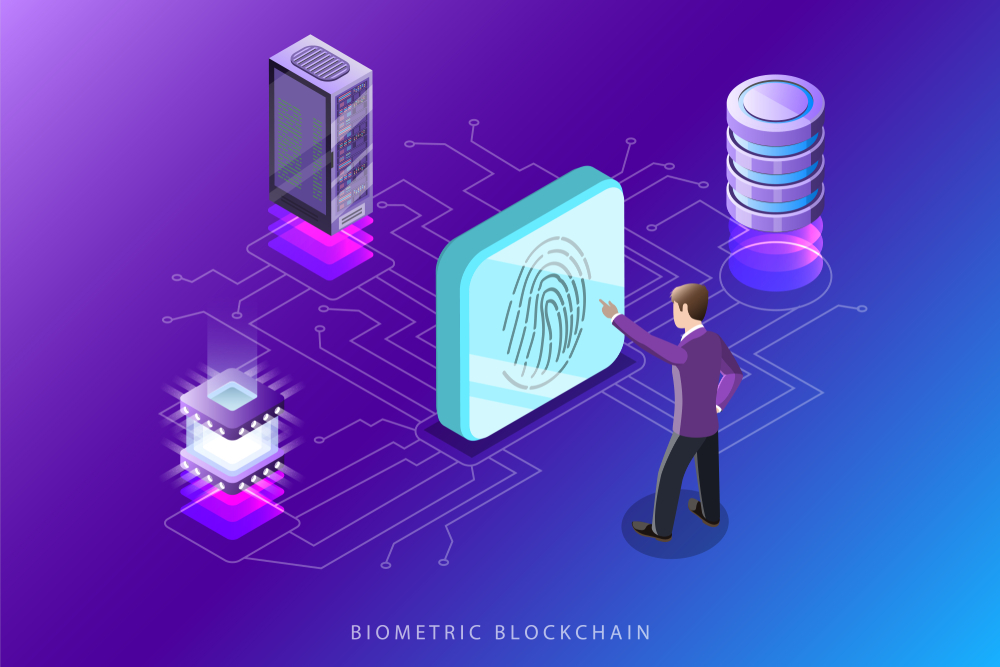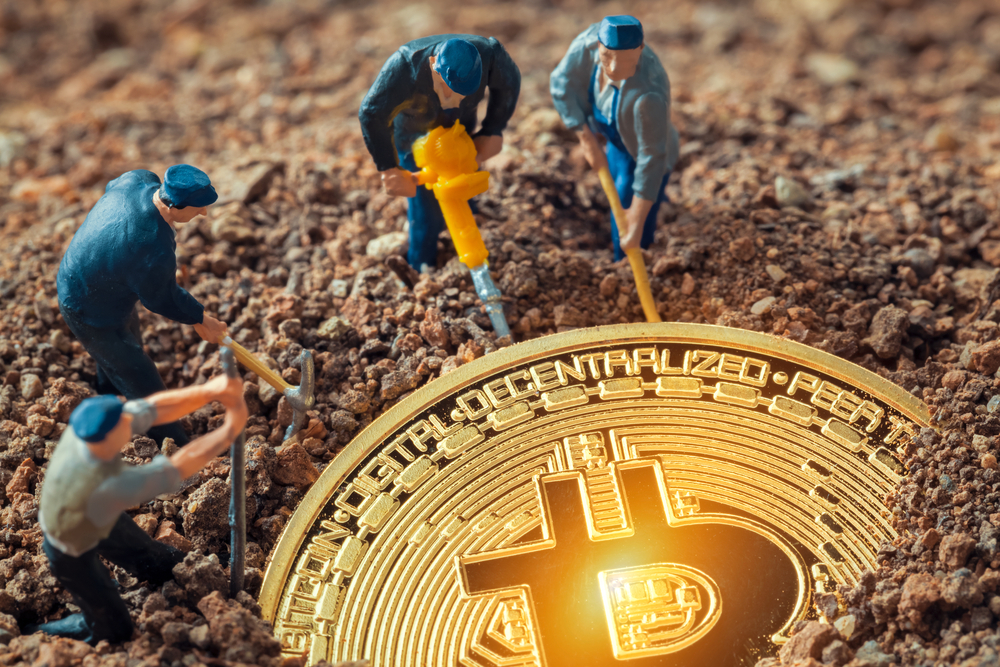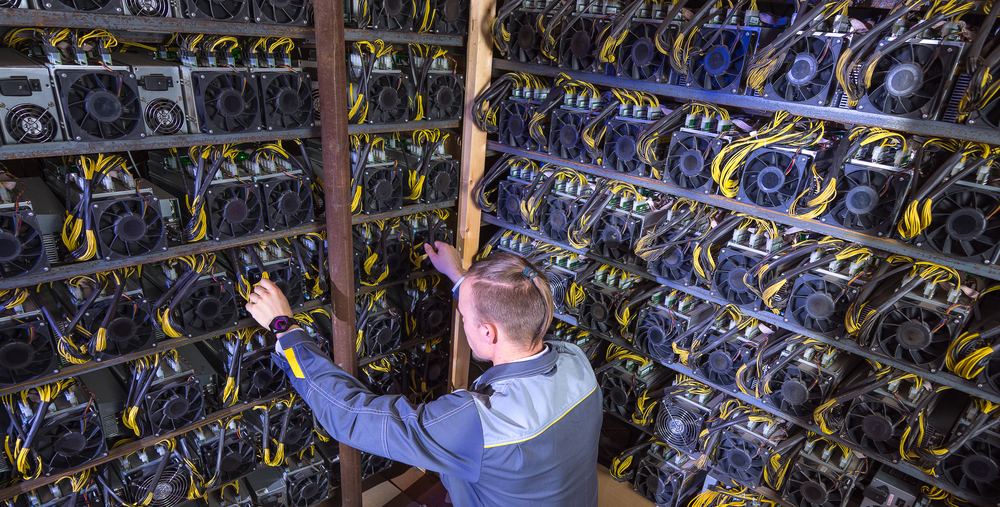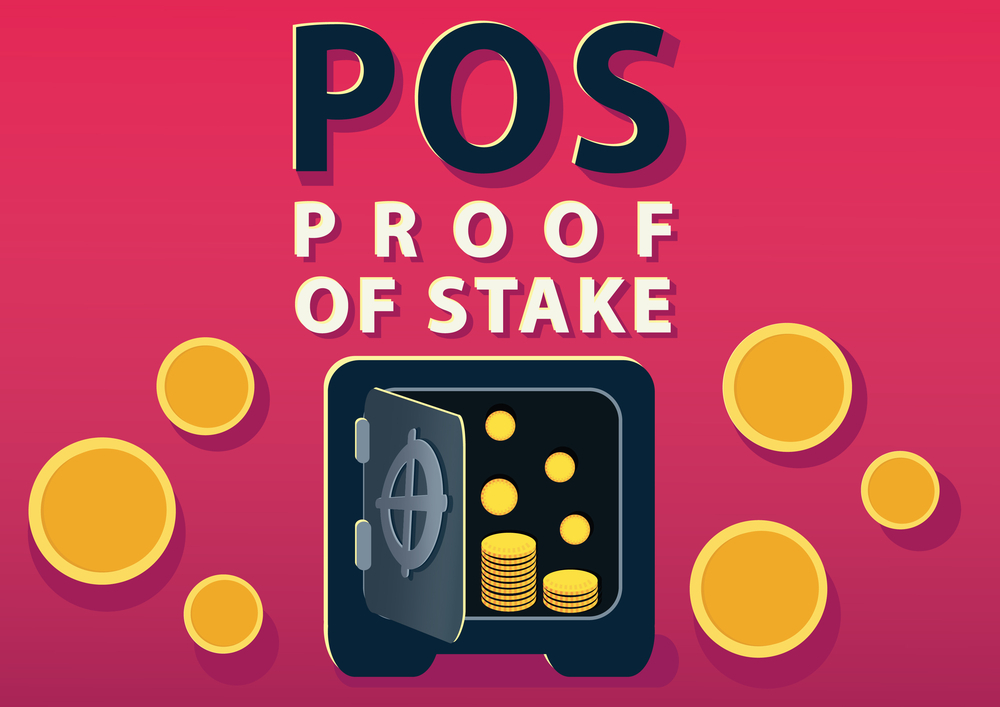Blockchain technology is going mainstream soon, standing on the fact about the invention of Web3, a new internet version to be built on the blockchain technology and artificial intelligence.
Understanding blockchain principles gives a broader view of the decentralized finance, for a transaction to be in the block, a lot must take place and that happens within seconds.
It will educating to understand that no matter how decentralized blockchain technology is, it will still need authorization and authentication before accepting any transaction.
So how does this work?
Firstly lets understand how authentication of crypto transactions works.
Authentication of Crypto Transactions

As said earlier, the blockchain was built without a third party or intermediary but it still needs authentication of transactions (proof validity of transactions). Which involves the use of cryptographic keys (string of data used for locking and unlocking cryptographic functions). The cryptographic keys are like passwords used to identify and link a user to their wallet on the system. The cryptographic keys simply gives the system access to user accounts for user authentication purposes.
When we say user, we mean the sender or receiver of tokens, and users mean both of them.
After access to user accounts, the system will use the private or public keys of users to create a secure digital authentication which will validate the transaction they(users) which to execute.
Authorization follows immediately after authentication.
Authorization of blockchain Transactions

The agreement between the users must be approved or authorized before entering the blockchain. This authorization involves general agreement in a public blockchain, where the nodes (computers – to be discussed) required for agreement must agree to validate the transaction.
The nodes are operated by people, and the people are rewarded for their validation which is called Proof of Work.
Proof of Work

This is a reward system for the people who run validate transactions on the nodes(computers). The owners of the nodes are required to solve complex mathematical issues before any transaction can be added as a block(group of data) to the chain. The act of solving the complex mathematical issues is called mining.
This is why miners are given incentives for their work in the cryptocurrency ecosystem.
Mining and Miners

As said earlier, the act of solving the complex mathematical problems involved during validation of transactions in the nodes is called Mining.
Mining is not easy as some people see it, because the mathematical problems are so hard to solve. In solving, a trial and error method is always used that’s why mining requires Hard core configured computers and high amount of energy to be executed successfully.
When the miner completes his/her validation job, the block(group of information) is then linked to the blockchain.
Obviously miners are rich because, their reward must be greater than the stress involved in the mining processes. Some people don’t buy coins or trade, they just mine and they are making it big.
Mining Power Consumption
Mining requires a lot of energy consumption. It was reported that some countries have suspended mining activities in their countries because of high energy consumption of mining.
Reports revealed that the energy consumption of Bitcoin mining is about 70 terawatt’hours (TWH) of electricity annually, making it the 40th largest consumer of electricity by country. Ireland ranking 68th consumes about 25 TWh, and Austria ranking 42nd uses 64.6 TW’h of electricity annually, CIA revealed.
As the issues of Proof of Work remains deep, due to a lot of computers creating a lot of networks and enlarging the chains, blockchain technology evolved to the Proof of Stake.
Proof of Stake

Proof of work is a validation for miners and proof of stake becomes an evolving validation consensus (general agreement) protocol.
In this validation protocol, any participant must have a stake in the blockchain (owning an amount of the related cryptocurrency). The ownership of a stake in the blockchain, gives them the ability to detect, verify and validate transactions unlike proof of work that involves mining(solving mathematical problems on the nodes).
This Proof of Stake protocols mitigates energy consumption since it doesn’t require mining technology.
Node
A node is a computer that is linked to a cryptocurrency network. The node acts as a support to the crypto network. Its in a node that transactions are relayed and validated by miners. A node can be complete(full) or lightweighted.
- Full node: A full node completely or fully enforces the rule of the blockchain in question. If its a Bitcoin blockchain, then the bitcoin node will completely enforce all bitcoin rules.
- Lightweight node: Partially completes the rule and are easier in usage and operation.
Lets understand some blockchain Terminologies.
Blockchain Terminologies
The following terms are always used by miners, owners of nodes or blockchain technicians/coders.
- Network- Network are nodes linked together or collection of different nodes binded by a rule.
- Parameters- This is the rule that binds different nodes together
- Block- This a collection of data or data record(bundle)
- Hash- This points or link to an existing block, showing the transaction data and the time it was executed.
- Smart contracts- A new blockchain technology, where transactions are executed automatically when some conditions are met in the blockchain. Smart contracts are self executed contracts, where Lines of code houses the terms of agreement between the participants.
Conclusion
Understanding the above will make you no longer a novice in the crypto space. There are lots of steps taking by transactions before entering the blockchain. This article doesn’t cover all processed but its carries the major input and output transaction processes.
Blockchain Technology is the new Technology making rounds because of its decentralized nature. Everyone wants comfort when making financial transactions. With blockchain technology you don’t need any intermediary when it comes to transaction execution.
As this technology continues to evolve, Industries and institution will continue to embrace this technology. Blockchain dealings are transparent so it is easy to track any transaction done in the crypto space. Tracking the transaction is easy but tracking the person who made the transaction involves two things. If the transaction was made in a centralized exchange(CEX), then through KYC, the person can be caught. But if the transaction was made in a decentralized exchange (DEX), then it wont be easy to detect the person behind it except through other methods not mentioned here.

